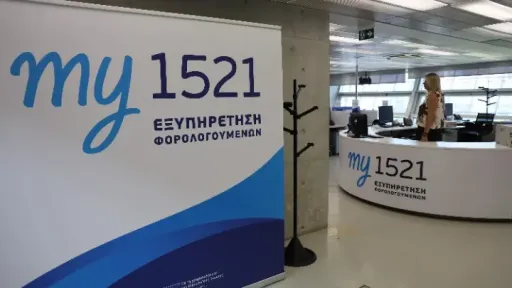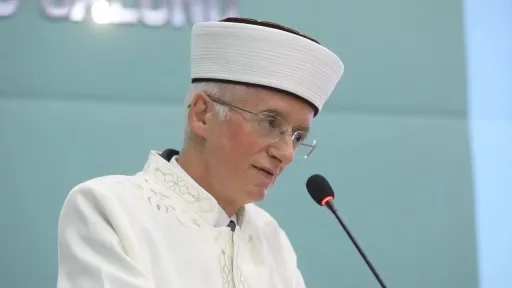Government introduces public services evaluation to ‘identify weaknesses’

A new digital evaluation system of public sector services by citizens will help the public sector “become better by identifying its weaknesses,” Prime Minister Kyriakos Mitsotakis said on Tuesday at a meeting to present the process.
Almost five million Greek citizens and foreign residents who are registered in the National Communication Registry will be able to take part in the survey that will consist of about 50 questions covering about 45 different services on axiologisi.ypes.gov.gr. Participants will rate the services from 1, the lowest, to 10, the highest.
The questionnaire includes material on major central institutions, such as the e-EFKA (social insurance agency) and AADE (Independent Authority for Public Revenue), transport, as well as on a variety of services or areas offered by local government, such as cleanliness, quality of roads, public lighting, availability of parking spaces, playgrounds, infrastructure for disabled citizens and care for pets. Citizens will also be able to rate gov.gr applications and digital services such as e-prescription.
Participants will be linked to their individual Taxisnet codes to ensure the credibility of the process.
In addition to the questions, citizens will be able to write a short free text and suggest services they would like to see digitized. The questionnaire will not address personal requests or evaluation of individual officials.
“We are essentially asking for a little bit of citizens’ time to give us extremely useful information on how we can be better. That is the central purpose of this effort: to be able to identify weaknesses and to be able to make real progress. It is essentially an accountability tool. We are holding citizens accountable and of course our obligation the next day is not just to put this data into the public debate, but to use it so that we can really focus our attention where our citizens indicate that there are significant weaknesses,” Mitsotakis said.
Public health structures are not included in the questionnaire, as a separate evaluation method is currently being implemented.
The questionnaire to measure citizens’ satisfaction is planned to be sent out once every six months, in spring and autumn, both for regular evaluation and to create a rich database that will allow better identification of problems, malfunctions and inefficient procedures. The questions will be updated in response to citizens’ comments and taking into account the ongoing digitisation of the State.
The submission of responses will be anonymous. The only data that will be collected will be the age of each citizen who participates and their region of residence, so that the responses can be analysed by age group and by municipality or region. The study of the data will be multi-level, based on geographical, age and service criteria to better identify the improvements needed.
The results will be available to all, including graphs, maps and other forms of visual representation of the data.
Kathimerini





